|
HOME: www.hiltonpond.org |
|||
|
WEST VIRGINIA As is our custom, the first week in May we were away from Hilton Pond Center in the idyllic mountains of southern West Virginia, banding birds and lecturing at New River Birding & Nature Festival in Fayette County (logo below right). This year was special because we celebrated the Festival's tenth year and are proud to say we--
All text & photos © Hilton Pond Center One of our personal highlights for 2012 was finally observing a Cerulean Warbler, a "nemesis bird" that avoided our binoculars for all the years we'd been watching birds. Adding a species to one's Life List is always fulfilling, as was capturing and banding several other species we seldom handle--including a Lincoln's Sparrow and an impeccable female Canada Warbler (above) in primo plumage. Nonetheless, it IS a birding AND nature festival, so another thing we enjoyed this year was getting out on a field trip during which we ran into some old floristic friends--an assortment of middle-spring West Virginia wildflowers growing primarily on slopes along a little-used back road to Sugar Creek. Because we were carrying our long lens in the hope of getting some bird photos, nearly all our wildflower images below were taken with a 300mm telephoto lens with 1.4x telextender mounted on our Canon 7D--a sort of super-macro set-up that worked pretty well for close-ups of native blossoms. We hope you enjoy our "West Virginia Wildflower Portfolio (2012)."
All text & photos © Hilton Pond Center One of the more unusual West Virginia wildflowers along the road to Sugar Creek was Pipevine, Aristolochia macrophylla, which resembles a little meerschaum pipe about two inches tall. The blossom dangles on a long stalk from a vine that may extend 30 feet into the subcanopy of established Appalachian-region hardwood forests. Although vines in the several species of Aristolochia contain aristolochic acids that are toxic alkaloids, Pipevine Swallowtail butterflies were flitting all around and females were ovipositing on Pipevine foliage. Caterpillars of this swallowtail are immune to the vine's toxins and sequester them in their bodies, making larval stages and adults unpalatable to potential predators. Interestingly, Pipevine Swallowtails can also raise their caterpillars on two native species of Dutchman's Pipe--A. durior and A. tomentosa--but the larvae are poisoned if they hatch out on and eat the leaves of the imported A. elegans. (One might wonder how the oddly shaped Pipevine blossom gets pollinated. The flower emanates an odor not unlike that of a dead animal, so tiny carrion-eating beetles and other such insects crawl inside and take care of business for the Pipevine.)
All text & photos © Hilton Pond Center A second wildflower with unusual shape grew beneath the Pipevine in moist but well-drained spots among the humus. This was Jack-in-the-Pulpit, Arisaema triphyllum, which is highly variable in appearance.
All text & photos © Hilton Pond Center Several species of native Wild Geranium occur in North America, but the one we photographed in the West Virginia mountains appeared to be Geranium maculatum--also known as Wood Geranium, Alum Root, or Cranesbill. It is perennial and herbaceous and sets seed easily, so it often grows in dense, clustered colonies in damp woods. Wild Geranium naturalizes well and is encouraged by some home gardeners. One-inch flowers atop foot-high Wild Geranium plants stand out sharply against surrounding green foliage or brown leaf litter. This brightly colored wildflower is pollinated by various bees and syrphid flies (the latter commonly known as Hover Flies or Flower Flies).
All text & photos © Hilton Pond Center In sunnier spots along the gravel road to Sugar Creek we saw a couple of different DYC's--what frustrated botanists call "Darned Yellow Composites." DYCs are all members of the Sunflower Family (Compositae) and what appears to be an individual flower is a actually a composite of fertile, seed-producing disk flowers surrounded by sterile ray flowers (known incorrectly as petals). DYC's are so-called because many of them look so similar botanists sometimes have to examine the flower, fruit, root, stem, and leaf before conclusively identifying a plant to species. Based on its sparse foliage and dark stems we think the composite in our photo above was Golden Ragwort, Packera aurea, formerly known as Senecio aureus. Like the Pipevine, this plant produces toxic compounds--in this case pyrrolizidine alkaloids poisonous to horses, dogs, cats, and people that for some reason eat the rather foul-tasting foliage. Ragwort and other composites are important food sources for a diverse assortment of insect pollinators, including native bees, wasps, flies, moths, and butterflies.
All text & photos © Hilton Pond Center Our second DYC appeared to be Meadow Hawkweed, Hieracium caespitosum (above), identifiable by nodding terminal flower clusters and the sharply serrated tips of its ray flowers. We arrived at our identification because both upper and lower surfaces of the plant's leaves were fuzzy. This species is a non-native supposedly introduced from Europe about 1828 as an ornamental. It hybridizes with some native hawkweeds and often dominates old abandoned farmland and pastures for several years until shrubs take over. One reason Meadow Hawkweed is so prolific is because it uses insect pollinators (including moths) AND can be self-pollinating. (NOTE: As always, we welcome input and discussion about taxonomic differences our readers may have with what we report. Let us know at INFO if you think this is NOT Meadow Hawkweed.)
All text & photos © Hilton Pond Center Another yellow flower at roadside turned out not to be a composite but a Cinquefoil (above), named for its five leaflets arranged palmately (in the shape of a hand). This genus has 500 species worldwide and 138 varieties in North America, which sort of gives us an excuse for identifying the plant above only to genus--Potentilla--and for not knowing for sure whether it's a native or introduced species. Cinquefoils, by the way, are in the Rose Family (Rosaceae), as is hinted at by their five petals and serrate leaflets. Some cinquefoils can be self-pollinating; they also cross-pollinate via wind and various insects.
All text & photos © Hilton Pond Center The fourth yellow blossom we encountered was also a member of a common but confusing genus. We recognized it as one of the Buttercups, Ranunculus sp., whose common name comes from shiny golden petals that often hold morning dew as illustrated above. Once again, with perhaps 150 North American buttercup species to choose from--28 of those in West Virginia--getting our plant to species is now a daunting task, especially without leaves or stems in-hand to lead us in the right direction. We should point out that even though buttercups have five petals (sometime six), they are NOT roses but reside in their own family, the Ranunculaceae. Buttercups, too, are poisonous if eaten by livestock and can cause dermatitis in humans who happen to roll around in a lawn full of the little yellow flowers. When rolling one might also look out for Honey Bee pollinators feeding on Buttercup nectar.
All text & photos © Hilton Pond Center Our next roadside plant had a long, arching stem with parallel-veined leaves coming off in alternate, zigzag fashion--a sure sign it was one of the Solomon's Seals, Polygonatum. Since the greenish-yellow flowers dangled beneath the stem in pairs and veins on leaf undersides weren't fuzzy, we identified it as P. biflorum, AKA Great or Smooth Solomon's Seal. (Hairy Solomon's Seal, P. pubescens, is almost identical in appearance except for tiny hairs on those leaf veins.) Solomon's Seal has a thick rootstock that gives rise to the leaf stalk; when the stalk dies and breaks off in autumn the resulting scar supposedly resembles King Solomon's royal seal. This factoid about the rhizome scar probably was discovered when early settlers dug the starchy roots to cook like potatoes. Pollination is primarily by Bumblebees whose long tongues can reach into the plant's tubular flowers.
All text & photos © Hilton Pond Center Not far from the Smooth Solomon's Seal was a plant with very similar leaves but very different flowers. This was Starry Solomon's Seal, Maianthemum stellatum, also known as False Solomon's Seal or False Lily-of-the-Valley. Although the parallel-veined foliage did resemble that of its namesake plant, flowers of Starry Solomon's Seal occur in clusters at the terminus of the leaf stems (above). This species has a vast range, growing from Alaska to California and from Newfoundland to the Southern Appalachians. Initially its berries are green with purple stripes; the fruit turns solid dark purple when ripe. Pollination is primarily by syrphid flies, various bees, and smaller butterflies.
All text & photos © Hilton Pond Center Growing upslope in soil dampened by seepage from an old coal mine was an interesting white flower that looked like a violet but stood 18" tall, leading us to think at first it must be something else. After all, most violets are ground-hugging plants whose blossoms barely rise above the forest floor. Upon closer examination, however, we determined it really WAS a violet (Violaceae).Our field guide identified it as Canada Violet, Viola canadensis, probably the tallest member of its genus in North America. This species can be quite common in some locales but is threatened, endangered, or of special concern across parts of its range. The flower always has a yellow center and purple streaking, and backs of the flower petals usually show a purplish wash that can be quite dark. Pollination is apparently by native bees.
All text & photos © Hilton Pond Center Not far from the tall violet was another white flower that always makes us feel a little mellow, for its presence reminds us of overnight hikes and other good times in the verdant West Virginia mountains. We speak here of the Great White Trillium, Trillium grandiflorum, likely the tallest and biggest-leafed of all our trilliums. To our eyes this is a magnificent woodland species--a plant whose presence bespeaks good soil, at least several decades of undisturbed habitat,
All text & photos © Hilton Pond Center The last white-flowering plant we encountered was nearly as distinctive as our Great White Trillium--even though its leaves were more noticeable than the inflorescence itself. In a semi-shaded flat area along the mountain road we saw an expanse of flat, umbrella-like leaves arising in pairs from a stalk; at the juncture of the leaf stems was a single nodding flower of the unmistakable Mayapple, Podophyllum peltatum. Mayapples bloom in May across much of their range but don't actually produce fruit until June or so. That's when each plant forms a green, succulent "apple" relished by everything from Raccoons to Striped Skunks to Eastern Box Turtles. (The foliage, once again, is toxic and unpalatable.) Curiously, Mayapples are in the Berberidaceae--the same family as ornamental shrubs Nandina, Oregon Grape, and Barberry, and wildflowers Blue Cohosh and Twinleaf. We also find it interesting that Mayapple flowers apparently lack nectar and their pollinations depends upon occasional visits by Bumblebees drawn to the big white inflorescence. (Note that Mayapple typically has six-petalled flowers; plants in the colony we photographed bore nine--a known variation seldom mentioned in field guides.)
All text & photos © Hilton Pond Center The last wildflower in this year's West Virginia portfolio is pink (above), and it was was growing not on the Sugar Creek roadside but at Wolf Creek Park, home of New River Birding & Nature Center. There, just off a Wetlands Boardwalk were several shrubs with big flower clusters eight inches in diameter. The blossoms--with long stamens and pistils--were Pinxter-flowers, Rhododendron periclymenoides (formerly R. nudiflorum). This native shrub grows right here at Hilton Pond Center and we've even described it in previous installments, but we end our photo essay with an image of the blossoms at Wolf Creek Park because of something else in the photo. Look to the left of the Pinxter-flowers and you'll find a very interesting insect--a diurnal moth with unscaled wings that hovers, has a black bill-like proboscis, and "imitates" the behavior of hummingbirds. It's Hemaris thysbe, the Hummingbird Clearwing, dining on nectar and pollinating by day just like hummers. Our unabiding interest in hummingbirds (and their mimics) is well-documented, as is our affection for wildflowers and their pollinators in the Appalachian Mountains. We hope we've been able convey that affection to you in our "West Virginia Wildflower Portfolio" for Spring 2012. All text & photos © Hilton Pond Center All contributions are tax-deductible POSTSCRIPT: While preparing this week's photo essay we got word Glenn T. Dulmage of Chestertown MD had passed away on 22 April after a valiant battle with cancer. We met Glenn (below right with wife Juli) when the Dulmages enrolled in an Elderhostel as part of the 2007 New River Birding & Nature Festival in West Virginia. NATURE MOMENTS WITH McKINLEY An occasional series of natural history encounters with and for Miss McKinley Ballard Hilton, born 1 May 2011 and already eager to explore the wonderful world of nature. As interpreted by her justifiably proud paternal grandfather.
All text & photos © Hilton Pond Center As granddaughter McKinley Ballard Hilton approached her first birthday on 1 May 2012, we thought long and hard about what gifts to give her. We finally decided on a toddler-sized rolling suitcase (to take to an upcoming family reunion in Kentucky) and seed money for an interest-bearing savings account (to help cover needs many years hence when she goes off to college or enters the world of work). We believed these to be good complements to toys and clothing but felt obligated to offer one more thing: All text & photos © Hilton Pond Center |
|---|
 The Piedmont Naturalist, Volume 1 (1986)--long out-of-print--has been re-published by author Bill Hilton Jr. as an e-Book downloadable to read on your iPad, iPhone, Nook, Kindle, or desktop computer. Click on the image at left for information about ordering. All proceeds benefit education, research, and conservation work of Hilton Pond Center for Piedmont Natural History. The Piedmont Naturalist, Volume 1 (1986)--long out-of-print--has been re-published by author Bill Hilton Jr. as an e-Book downloadable to read on your iPad, iPhone, Nook, Kindle, or desktop computer. Click on the image at left for information about ordering. All proceeds benefit education, research, and conservation work of Hilton Pond Center for Piedmont Natural History. |
|
|
"This Week at Hilton Pond" is written and photographed by Bill Hilton Jr., executive director of Hilton Pond Center for Piedmont Natural History
|
|
|
Please refer "This Week at Hilton Pond" to others by clicking on this button: |
Comments or questions about this week's installment? Send an E-mail to INFO. (Be sure to scroll down for a tally of birds banded/recaptured during the period, plus other nature notes.) |

Click on image at right for live Web cam of Hilton Pond,
plus daily weather summary
Transmission of weather data from Hilton Pond Center via WeatherSnoop for Mac.
|
--SEARCH OUR SITE-- For a free on-line subscription to "This Week at Hilton Pond," send us an |
|
Thanks to the following fine folks for recent gifts in support of Hilton Pond Center for Piedmont Natural History and/or Operation RubyThroat: The Hummingbird Project. Your tax-deductible contributions allow us to continue writing, photographing, and sharing "This Week at Hilton Pond" with students, teachers, and the general public. Please see Support or look below if you'd like to make a gift of your own.
|
If you enjoy "This Week at Hilton Pond," please help support Hilton Pond Center for Piedmont Natural History. It's painless, and YOU can make a difference! (Just CLICK on a logo below or send a check if you like; see Support for address.) |
|
Make credit card donations on-line via Network for Good: |
|
Use your PayPal account to make direct donations: |
|
If you like shopping on-line please become a member of iGive, through which 950+ on-line stores from Amazon to Lands' End and even iTunes donate a percentage of your purchase price to support Hilton Pond Center.  Every new member who registers with iGive and makes a purchase through them earns an ADDITIONAL $5 for the Center. You can even do Web searches through iGive and earn a penny per search--sometimes TWO--for the cause!Please enroll by going to the iGive Web site. It's a painless, important way for YOU to support our on-going work in conservation, education, and research. Add the iGive Toolbar to your browser and register Operation RubyThroat as your preferred charity to make it even easier to help Hilton Pond Center when you shop. Every new member who registers with iGive and makes a purchase through them earns an ADDITIONAL $5 for the Center. You can even do Web searches through iGive and earn a penny per search--sometimes TWO--for the cause!Please enroll by going to the iGive Web site. It's a painless, important way for YOU to support our on-going work in conservation, education, and research. Add the iGive Toolbar to your browser and register Operation RubyThroat as your preferred charity to make it even easier to help Hilton Pond Center when you shop. |
|
BIRDS BANDED THIS WEEK at HILTON POND CENTER 1-10 May 2012 |
|
|
SPECIES BANDED THIS WEEK: * = New species for 2012 WEEKLY BANDING TOTAL 11 species 26 individuals 2012 BANDING TOTAL 24 species 272 individuals 31-YEAR BANDING GRAND TOTAL (since 28 June 1982, during which time 170 species have been observed on or over the property) 126 species (31-yr avg = 66.4) 57,360 individuals (31-yr avg = 1,850) NOTABLE RECAPTURES THIS WEEK American Goldfinch (1) Northern Cardinal (7) House Finch (2) Eastern Tufted Titmouse (2) Carolina Wren (1) Downy Woodpecker (1) All text & photos © Hilton Pond Center |
OTHER NATURE NOTES:
All text & photos © Hilton Pond Center --At dusk on 8 May we netted a male Brown Thrasher in breeding condition, a species normally thought of as a year-round resident in the Carolina Piedmont. However, it's the first thrasher we've seen in 2012 and the first banded since Sep 2010--pretty odd when we note this is one of our 23 most common species with 491 banded at the Center since 1982. --Despite daily observations of a few male and female Ruby-throated Hummingbirds at our feeders, we've still yet to capture one in 2012 at Hilton Pond Center. We can hardly wait for the expected influx in August. All text & photos © Hilton Pond Center |


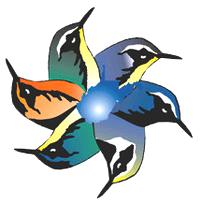 with author/artist Julie Zickefoose and columnist/radio show host Scott Shalaway--participated every spring since its inception. Over the past decade we've met some amazing naturalists and birders with whom we've spent many pleasant hours in wild, wonderful West Virginia. This year as usual we also worked with a couple groups of Road Scholars
with author/artist Julie Zickefoose and columnist/radio show host Scott Shalaway--participated every spring since its inception. Over the past decade we've met some amazing naturalists and birders with whom we've spent many pleasant hours in wild, wonderful West Virginia. This year as usual we also worked with a couple groups of Road Scholars 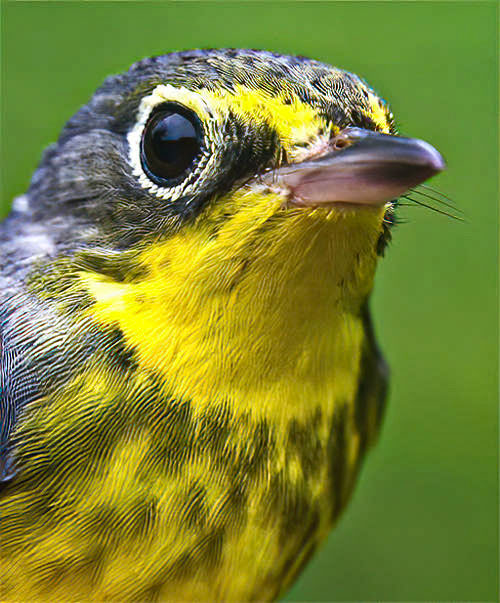
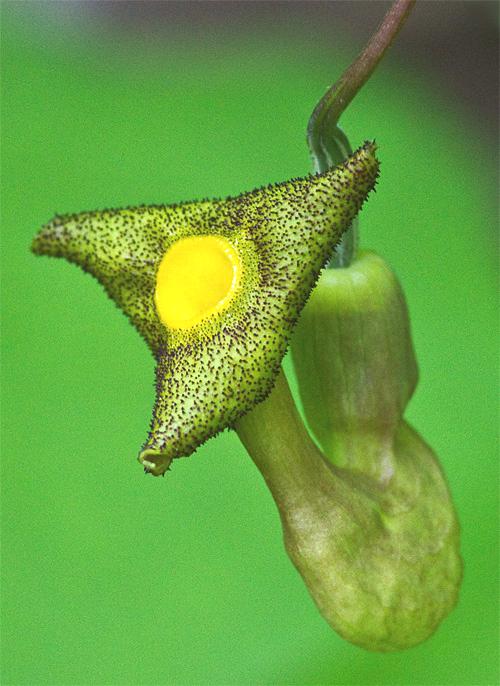
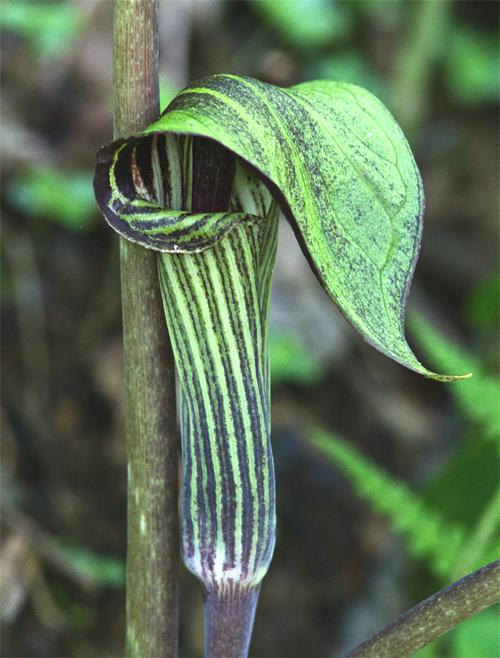
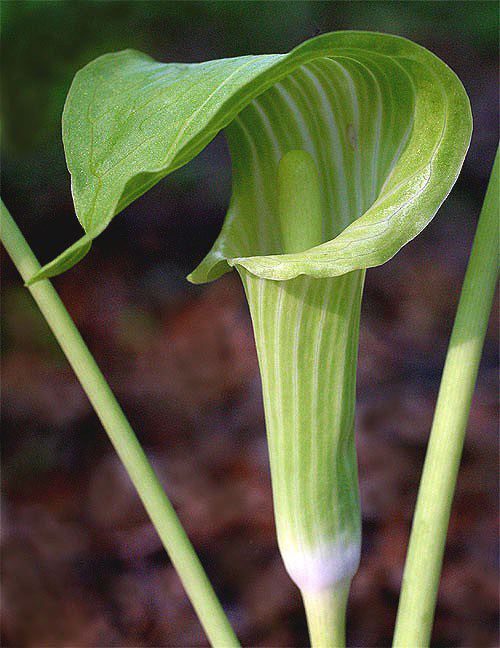 Each we found had a heavily striped spathe
Each we found had a heavily striped spathe 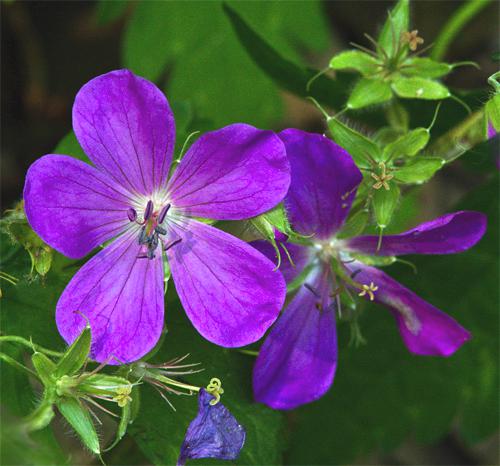
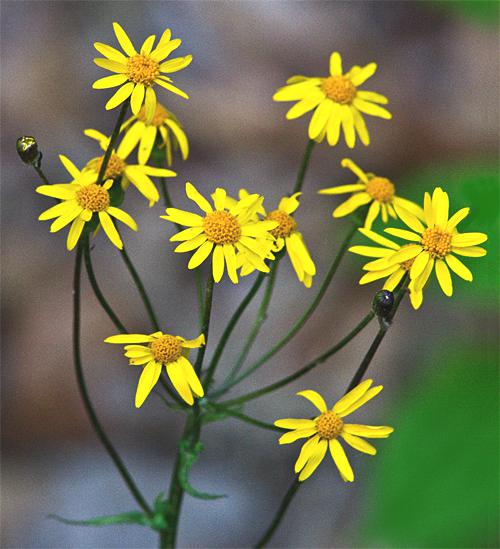
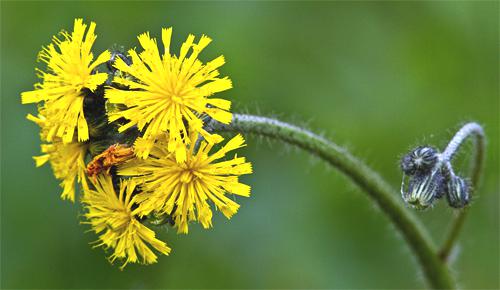
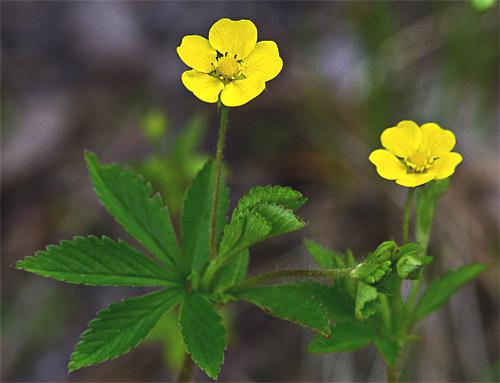
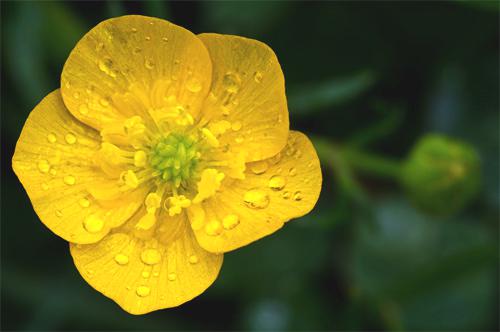
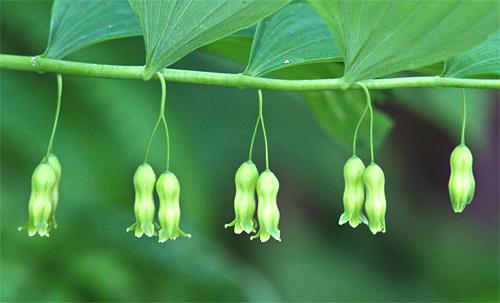
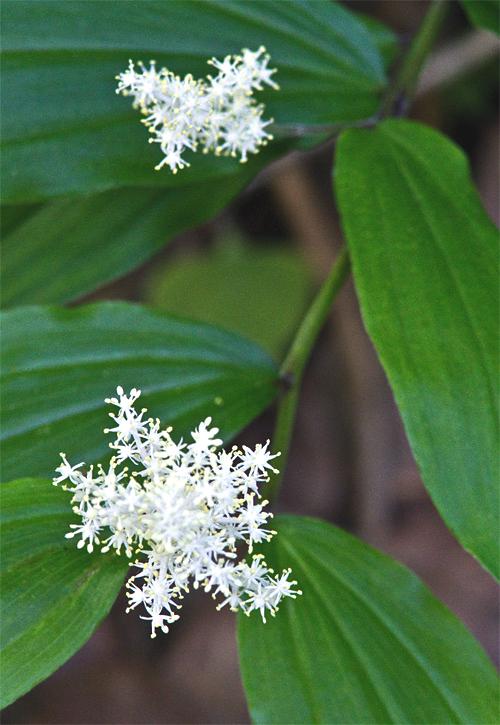
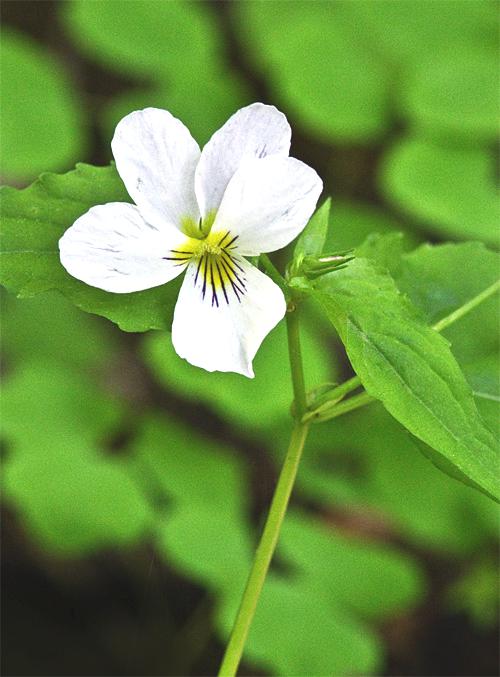
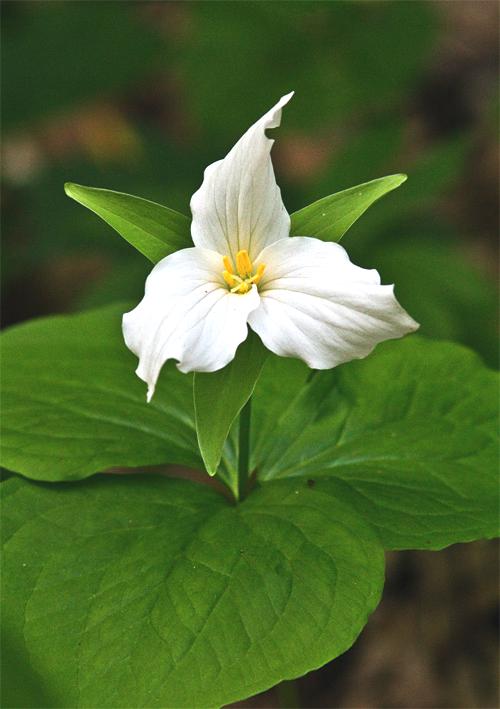
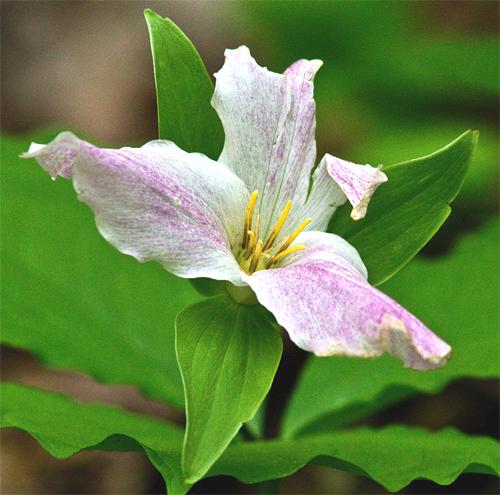 AND a healthy local population of ground-dwelling insects. We mention the latter because seeds of the Great White Trillium are transported by ants, an example of "myrmecochory."
AND a healthy local population of ground-dwelling insects. We mention the latter because seeds of the Great White Trillium are transported by ants, an example of "myrmecochory." 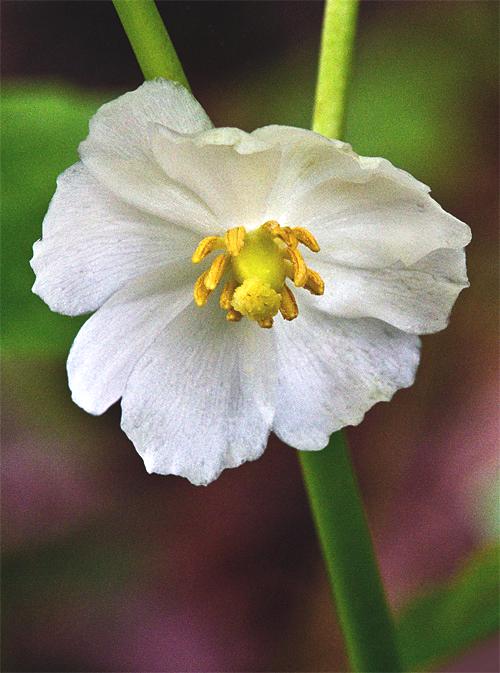
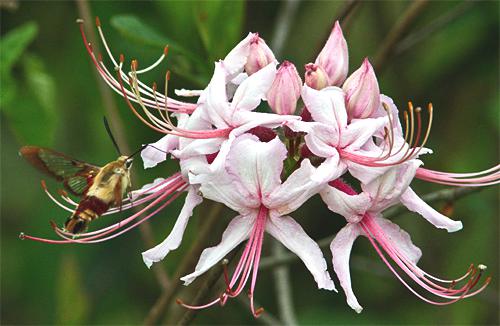

 The three of us developed an immediate friendship and Glenn and Juli subsequently joined our Crazy '08's Alpha expedition to Costa Rica in January 2008. Glenn's humor, fascinating questions, unusual perspectives, and dedication to task made the trip more enjoyable for all, and we were delighted when the couple also signed up as BeLevens for our 2011 Belize expedition. We likewise were pleased to host Glenn, Juli, and daughter Cori on a visit to Hilton Pond Center and will miss Glenn greatly. Farewell, my friend; you are unforgettable; this wildflower photo essay is for you and Juli.
The three of us developed an immediate friendship and Glenn and Juli subsequently joined our Crazy '08's Alpha expedition to Costa Rica in January 2008. Glenn's humor, fascinating questions, unusual perspectives, and dedication to task made the trip more enjoyable for all, and we were delighted when the couple also signed up as BeLevens for our 2011 Belize expedition. We likewise were pleased to host Glenn, Juli, and daughter Cori on a visit to Hilton Pond Center and will miss Glenn greatly. Farewell, my friend; you are unforgettable; this wildflower photo essay is for you and Juli.
 McKinley's first nature field guide, given to help her begin appreciating the multitude of wild animals and plants that surround her and that have been an important to our life's work at Hilton Pond Center and beyond. We could think of no better gift choice than
McKinley's first nature field guide, given to help her begin appreciating the multitude of wild animals and plants that surround her and that have been an important to our life's work at Hilton Pond Center and beyond. We could think of no better gift choice than 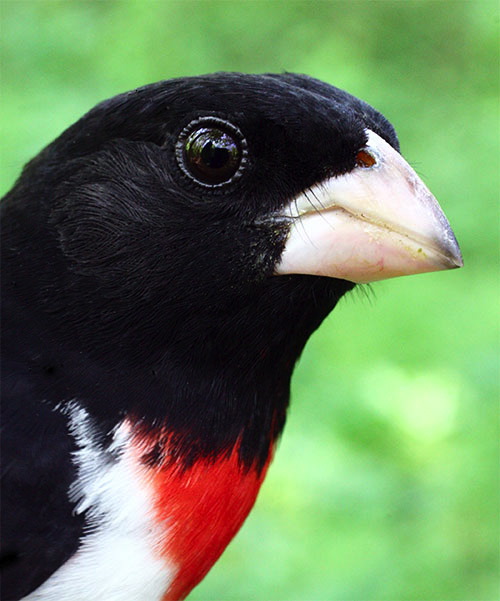

 Please report your sightings of
Please report your sightings of